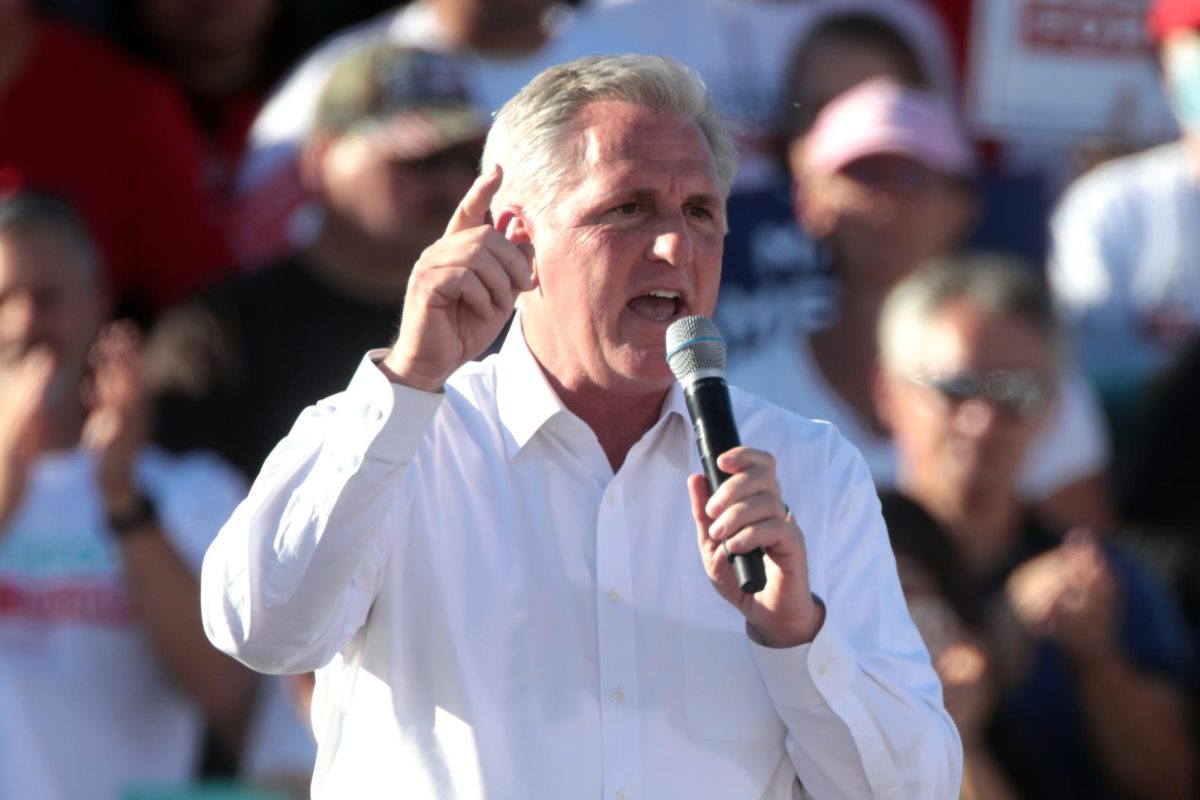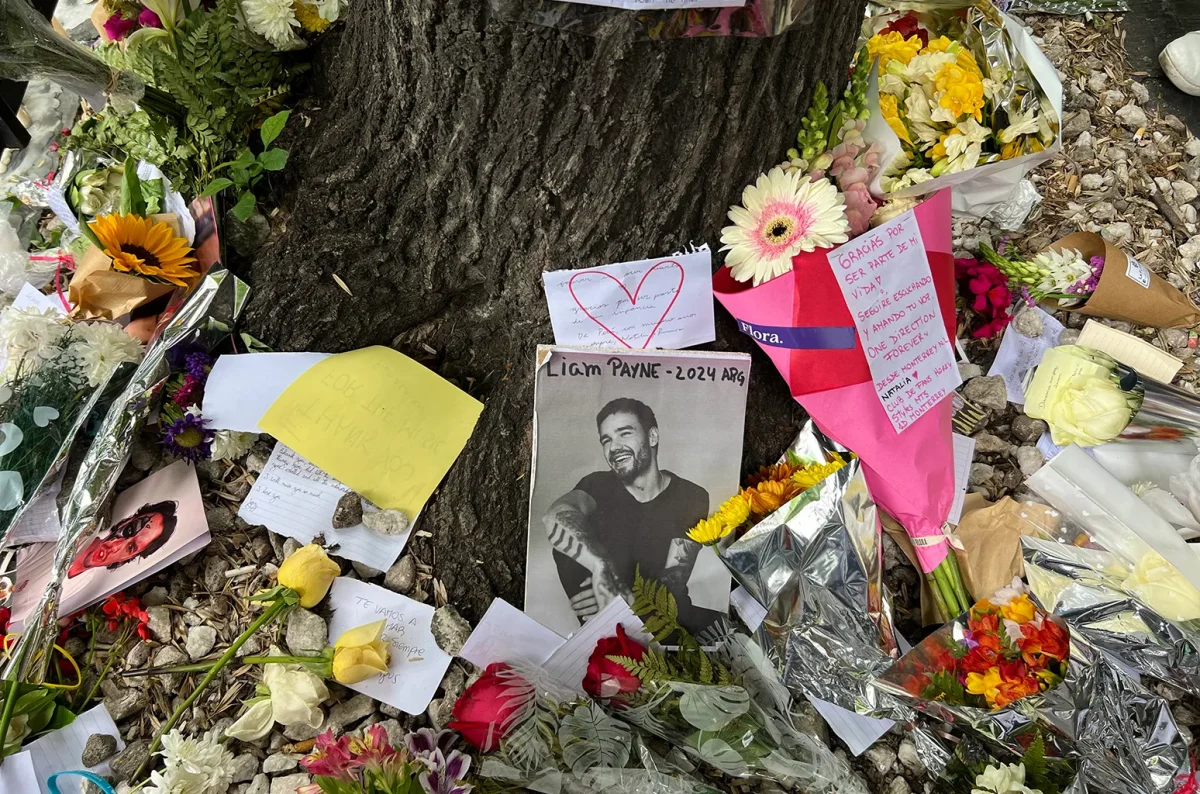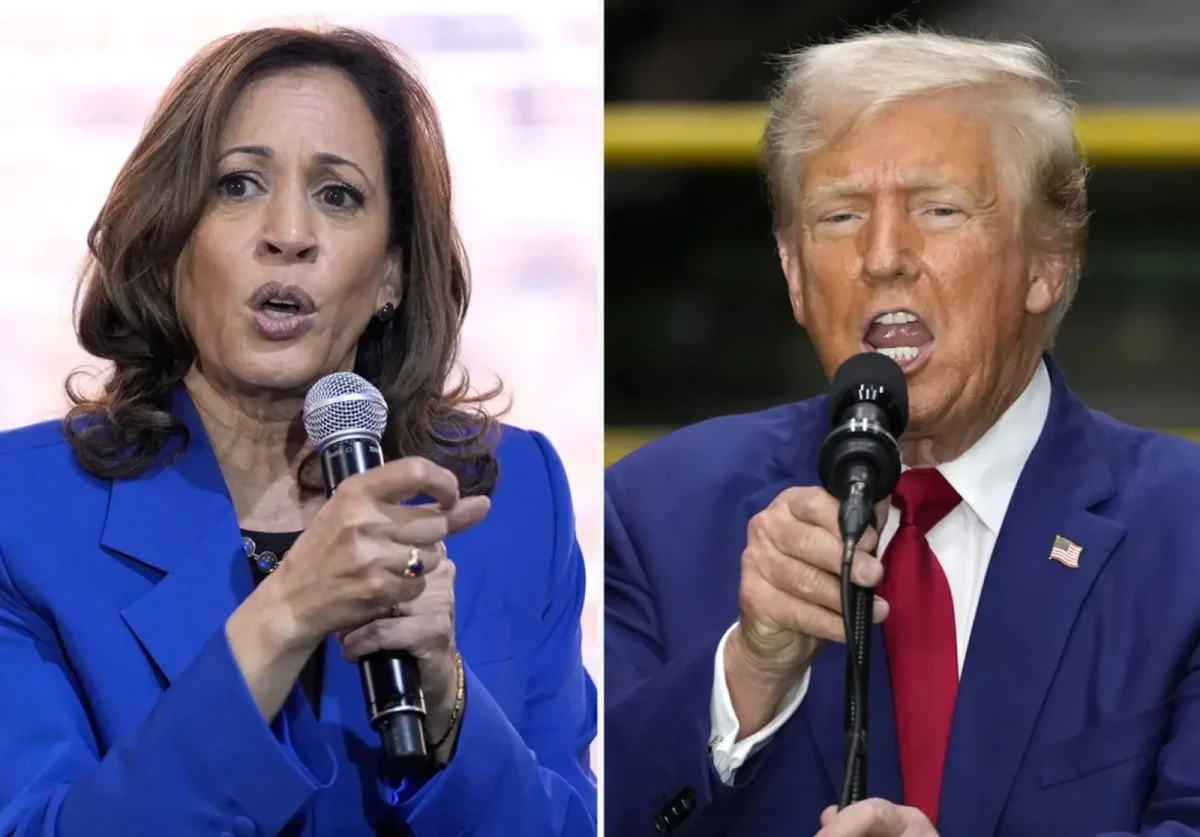As of October 3, Kevin McCarthy was removed as Speaker of the House of Representatives. After a tight 216-210 vote, he was voted out by his fellow members of the House.
Following his ousting came arguably the most disorganized race to find his replacement.
McCarthy began his political career as an intern for Republican Congressman Bill Thomas. In 2007, he was elected into the House of Representatives for California’s 22nd district. Early on, McCarthy displayed himself as a no-nonsense Republican with a firm attachment to his party. Soon in 2010, he successfully ran for House Majority Whip, a major position which garnered him a lot of respect as he was only on his 2nd term. McCarthy didn’t stop there as he ran and won the role of House Majority Leader four years later in 2014.
When Donald Trump entered office in 2016, McCarthy easily became a staunch supporter of him. Under McCarthy’s rule as House Minority Leader, House Republicans banded together to support Trump. Moderate Republicans were ostracized by their own party. McCarthy defended Trump through thick and thin through his impeachment trials and encouraged other Republicans to do the same.
McCarthy wanted to be the one to band House Republicans together and believed his mission would be accomplished if he was Speaker of the House. In a majority Republican House of Representatives, this process turned out to be more difficult than anticipated.
After 14 failed voting cycles, McCarthy was voted in as the Speaker of the House for the 118th Congress as of January 3. In the end, Trump’s endorsement of McCarthy was what gave him the final vote needed.
McCarthy had to make many promises and appease certain members to win his position. One group he had to make compromises with was the infamous Freedom Caucus, a caucasus composed of far-right house members. They did not approve of bipartisan agreement with Democrats and believed McCarthy wasn’t a solid choice.
During his nine months as House Speaker, McCarthy was stretched thin with the Democrat-controlled House and cleaning up post-Jan 6. He made compromises with Democrats and most importantly, President Joe Biden. McCarthy’s bipartisanship upset members of the Republican party especially the Freedom Caucus. In September, McCarthy created a bill intended to fund the United States federal government. If the bill did not pass, then the government would shut down on October 1, the first day of the fiscal year.
House Republicans and Democrats couldn’t find a compromise amid the impending shutdown. So, McCarthy introduced a temporary bill to hold off the shutdown until November 17th. It passed with Democrats supporting the bill, which the Freedom Caucus did not like. McCarthy openly challenged his opponents, “If somebody wants to remove me because I want to be the adult in the room, go ahead and try.” Republican representative and Freedom Caucus member Matt Gaetz took up on his challenge and filed a motion to have McCarthy removed from House Speaker. On October 3rd, the same day the motion was filed, Kevin McCarthy was removed from office.
As of October 25th, representative Mike Johnson filled in the chair and became the 56th Speaker of the House. Johnson was voted in with a unanimous vote from the GOP.














